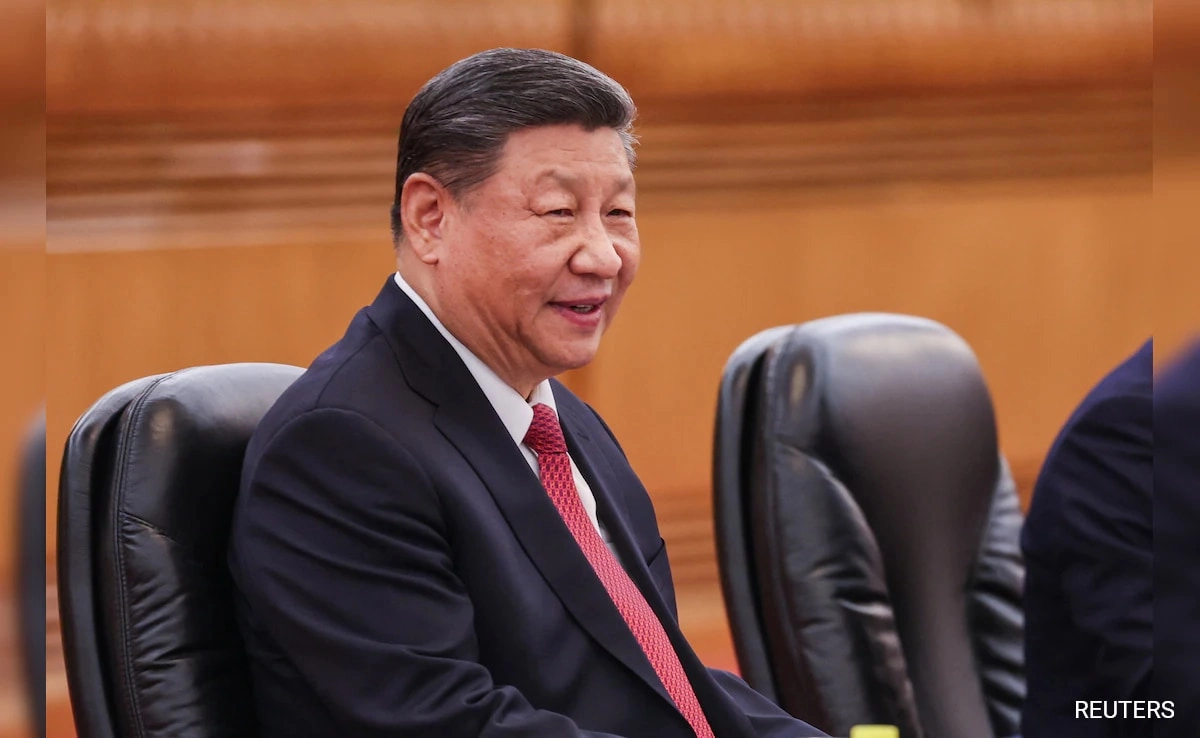North Korea’s leader, Kim Jong Un, recently supervised a significant test of the nation’s anti-aircraft missile system, a move that underscores the regime’s ongoing focus on military enhancement and technological advancement. The test involved a series of launches aimed at evaluating the effectiveness and readiness of the missile system, showcasing the country’s commitment to bolstering its defense capabilities amid rising tensions in the region. This demonstration not only serves to reinforce North Korea’s military posture but also sends a clear message to both domestic and international audiences regarding the regime’s determination to secure its sovereignty against perceived external threats.
During the test, state media reported that Kim expressed satisfaction with the results, indicating that the missile system met the expected performance criteria. This successful demonstration of military technology is pivotal for North Korea, which has faced sanctions and isolation due to its nuclear ambitions and aggressive military programs. The regime’s emphasis on developing advanced missile systems reflects its strategy of deterrence, aimed at countering the influence of the United States and its allies in the Asia-Pacific region. By enhancing its air defense capabilities, North Korea seeks to ensure that it can protect its airspace from potential adversaries, which is particularly relevant given the increasing military presence of the United States and South Korea in the vicinity.
The timing of this missile test is particularly noteworthy, as it coincides with heightened geopolitical tensions on the Korean Peninsula. The recent military exercises conducted by South Korea and the United States have been perceived by Pyongyang as provocative, prompting the regime to respond with displays of military strength. Furthermore, this development comes at a time when diplomatic efforts to engage North Korea in dialogue about denuclearization have stalled. The regime’s continued focus on military tests may signal a strategic pivot away from negotiations, as Kim Jong Un appears to prioritize demonstrating strength over pursuing diplomatic solutions.
In this context, the test of the anti-aircraft missile system not only serves as a demonstration of North Korea’s military prowess but also reflects the complexities of regional security dynamics. As North Korea continues to advance its military technology, the potential for increased tensions and conflict in the region remains a pressing concern for neighboring countries and international stakeholders. Analysts are closely monitoring these developments, as they could have significant implications for future diplomatic interactions and the overall stability of the Korean Peninsula. The ongoing military endeavors of North Korea underscore the delicate balance of power in the region and highlight the challenges faced by the international community in addressing the persistent threat posed by the North Korean regime.




